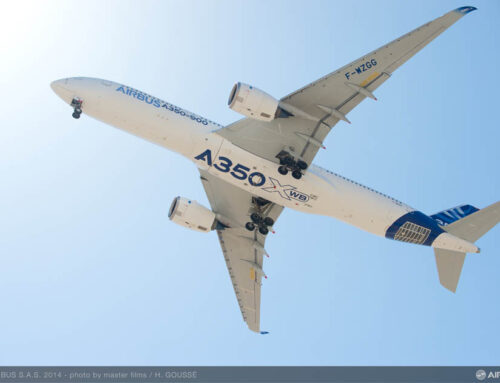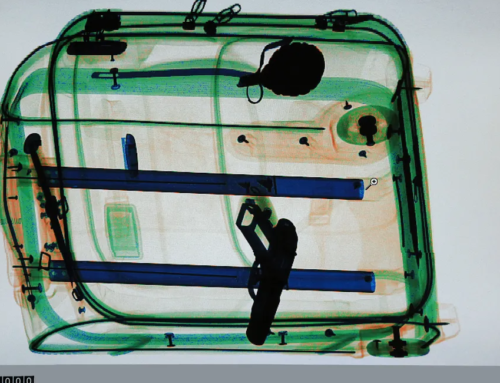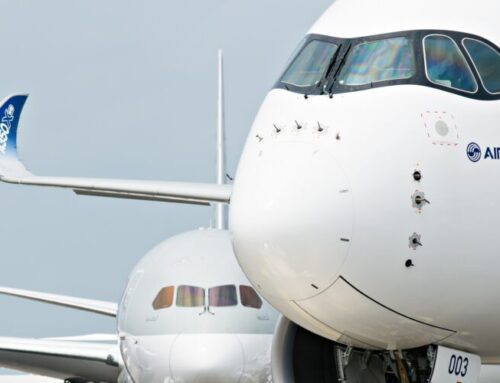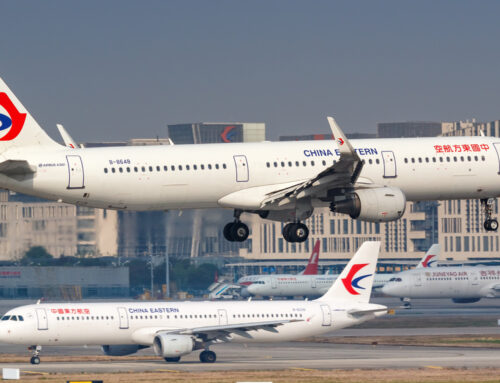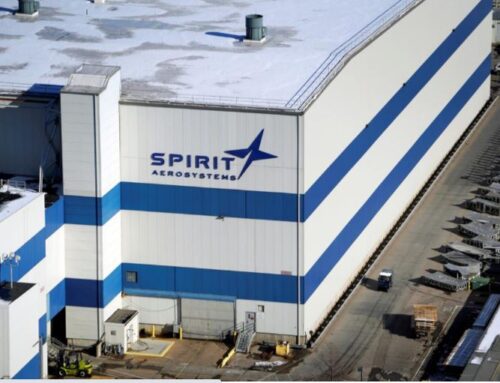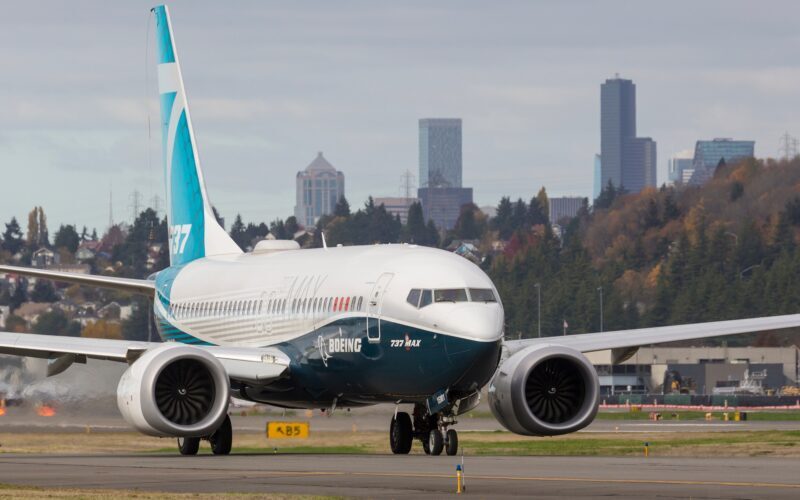
Boeing’s journey, particularly with its 737 Max, reflects a dramatic shift in the company’s core values and operational philosophy, a change significantly influenced by its late-1990s merger with McDonnell Douglas. This pivotal event marked a departure from Boeing’s storied commitment to engineering superiority and a safety-first mindset, pivoting towards a business model heavily emphasizing cost efficiency and rapid production, often at the expense of product quality and safety.
Historically celebrated for its engineering-driven ethos, Boeing’s success was rooted in innovative design, meticulous attention to detail, and a culture deeply respectful of its engineers’ expertise and contributions. This approach not only built a strong reputation for quality and reliability but also ensured unwavering attention to safety in both design and manufacturing.
However, the merger introduced a starkly contrasting business philosophy. McDonnell Douglas, struggling with its commercial ventures, like the DC-10 and the MD-11, and focused on cost reduction and shareholder value, often sidelined the criticality of product excellence and engineering innovation. The company has a well-known approach of ‘good enough for government’, meaning mediocre engineering and production, and if problems arise, fix them later and charge for it. Consequently, McDonnell Douglas executives, upon assuming leadership roles in the merged entity, brought a less engineering-centric mindset, favoring financial metrics and market competitiveness.
The last Boeing aircraft untouched by this cultural shift was the 777, noted for its on-schedule, on-budget production and remarkable engineering and commercial success. As of July 2023, the 777 had become the most ordered and delivered wide-body airliner, with over 60 customers ordering 2,150 units across all variants, of which 1,713 have been delivered. The 777-300ER variant leads with 837 orders and 832 deliveries.
This change in focus was evident in Boeing’s subsequent business decisions and development strategies. The development of the Boeing 787 and 737 Max, pressured by competition with Airbus, underwent rushed timelines. Both aircraft faced delays, significant budget overruns, and were ultimately grounded due to safety concerns.
The rushed development of the 737 Max resulted in the implementation of the Maneuvering Characteristics Augmentation System (MCAS), a software adjustment necessitated by new, more fuel-efficient engines altering the plane’s aerodynamics. The MCAS, dependent on a single sensor, malfunctioned in two fatal crashes, starkly highlighting the dangers of compromising engineering integrity and safety for speed and cost reduction.
These incidents and the ensuing scrutiny revealed the extent of Boeing’s internal cultural shift. The company had moved away from its traditional, holistic engineering-first approach, resulting in fragmented communication, widespread outsourcing, and a reduced emphasis on safety and comprehensive engineering practices.
The current challenges Boeing faces trace back to the cultural and philosophical changes post-merger with McDonnell Douglas. This shift from an engineering and safety-centric approach to one driven by financial motives and market pressures has significantly impacted the company, undermining its legacy of product excellence and posing substantial challenges in upholding its reputation for quality and safety in the aerospace sector.
The merger between Boeing and McDonnell Douglas in the late 1990s signaled a critical turning point, leading to the gradual erosion of Boeing’s engineering-driven culture. Influenced by McDonnell Douglas’s more commercially oriented and profit-driven approach, this shift precipitated notable changes in Boeing’s priorities and practices, culminating in the 737 Max crisis and a tarnished reputation for a company once synonymous with engineering excellence.
Initially established in 1916, Boeing was renowned for its engineering-led approach, highly valuing the insights and expertise of its engineers. This culture played a pivotal role in Boeing’s ascension as a leading aircraft manufacturer, characterized by a strong focus on safety, innovation, and quality.
The merger with financially struggling McDonnell Douglas, however, brought about a culture clash. Known for prioritizing cost-cutting and shareholder value, McDonnell Douglas influenced a significant shift in Boeing’s priorities. This shift was reflected in post-merger management styles and business decisions. Notably, several McDonnell Douglas executives, including former CEO Harry Stonecipher, assumed senior roles, introducing a more commercially driven approach at odds with Boeing’s historic focus on engineering excellence.
Boeing’s business practices, especially in developing new aircraft models like the 737 Max, increasingly mirrored this cultural shift. Challenged by Airbus’s A320neo, Boeing faced immense pressure, leading to an “extremely compressed” development timeline for the 737 Max. This haste led to the addition of the MCAS, designed to address aerodynamic changes from new, more fuel-efficient engines. However, the system’s reliance on a single sensor was its undoing, as evidenced by the tragic Lion Air and Ethiopian Airlines crashes. These events underscored the severe consequences of prioritizing cost and speed over engineering rigor and safety.
The aftermath of these tragedies laid bare deeper issues in Boeing’s approach to aircraft design and safety. The company’s focus had shifted from its collaborative, engineering-first culture to a fragmented and financially driven model.
This shift resulted in communication breakdowns, extensive outsourcing, and a diminished commitment to safety and thorough engineering practices. The 737 Max crashes served as a grim reminder of the potential consequences when financial objectives overshadow engineering excellence and safety considerations in the aerospace industry.
Boeing’s current struggles are directly linked to the cultural and philosophical changes following its merger with McDonnell Douglas. The move away from an engineering and safety-centric approach to a model driven by financial considerations and market pressures has profoundly affected Boeing. It has undermined the company’s longstanding legacy of product excellence and poses significant challenges in maintaining its reputation for quality and safety in the competitive aerospace sector.
The late 1990s merger between Boeing and McDonnell Douglas was a watershed moment, leading to a gradual erosion of Boeing’s engineering-driven culture. Influenced by McDonnell Douglas’s commercially oriented, profit-driven approach, this shift led to significant changes in Boeing’s priorities and practices, ultimately culminating in the 737 Max crisis and damaging what was once an emblem of engineering excellence.
Boeing’s transformation from an engineering-led powerhouse to a company grappling with the consequences of a culture shift underscores the importance of balancing commercial objectives with unwavering commitments to innovation, quality, and safety in the highly competitive and dynamic field of aerospace manufacturing.
Sources: AirGuide Business airguide.info, bing.com, msn.com

